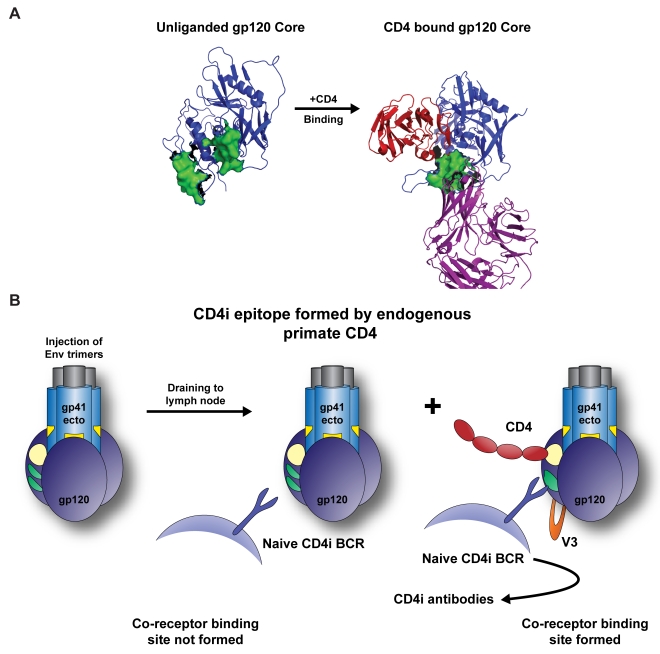Figure 7. Schematic representations of the pre-CD4 and post-CD4 conformations of Env.
(A) Based upon the structures of the unliganded SIV core gp120 [40] and the CD4-bound HIV-1 core [41], the movements of the co-receptor site bridging sheet beta-strands are highlighted in green. Note that 17b binds to the unliganded HIV-1 core with low affinity (∼1 uM) consistent with the “split orientation” of the bridging sheet revealed by the unliganded SIV core structure. 17b can also recognize full-length gp120 with high affinity [6] and the gp140 trimers as demonstrated in this study (see Figs 2 and 3). These observations suggest that the bridging sheet may not be in exactly the same conformation in the full-length protein context as it is in the original gp120 core protein structures with and without CD4. (B) A model of how the co-receptor region (green) is recognized by the naïve B cell receptor repertoire. In the left and middle panel, the co-receptor binding site is not formed. Following binding to high-affinity primate CD4 (likely on the surface of CD4+ cells), the bridging sheet is formed and locked into a single, CD4-dependent conformation, which then allows elicitation of co-receptor-site-directed, CD4i antibodies (right panel). The somatically mutated and affinity-matured 17b antibody can recognize either conformation, presumably inducing a proper fit of the unliganded bridging sheet conformation.

